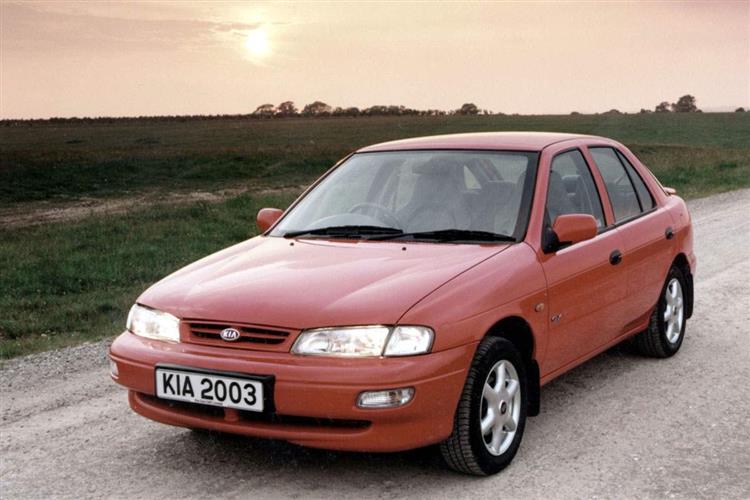Images

1 / 3
The Escort-sized Mentor saloon was the second model to be launched by the South Korean company in the UK back in 1994. The first had been the little Pride (a rehashed Mazda 121 from the 1980s). For this car, they'd used the same approach, borrowing the fundamentals from the larger Mazda 323 but mixing them up with a little handling help from Lotus.
The idea was to show that the company meant business in the global market but too often, the Mentor was forgotten by UK customers in the small family sector. Still, it makes an affordable and reliable used buy if you're not worried about badge prestige or driving excitement. Worth considering if all you want is to get from A to B as efficiently as possible.
+ More
History
At the time of its original UK launch in June 1994, this was South Korea's best selling car. Initially however, sales expectations were much more modest in Britain, with just two saloon variants on offer; a basic SLX and a better specified GLX. Both had their origins firmly in Japan, with floorplans, engines and transmissions straight from Mazda's 323.
To differentiate 'their' car, Kia clothed the whole thing in smart new bodywork created by British design consultants IAD, and fine-tuned the handling in association with Lotus. Sales picked up a bit when a five-door version with a new 1.5-litre engine was launched with the same two trim levels in June 1996. The four-door continued with the 1.6-litre unit until June 1997 when it was re-launched with the 1.5.
The Mentor was thoroughly facelifted in June 1999 and renamed the Mentor II, this time available only as a saloon in 1.5-litre form with S or SX trim levels. The Mentor II died early in 2001 to be shortly afterward replaced by the 'New Mentor', a completely redesigned model which had approximately the same mix of virtues - this model, in turn, was deleted in early 2003.
+ More
What you get
Inside, there's a surprising amount of space - far more in the rear than a BMW 3 series for example. Better still, there are plenty of standard fittings to offer the impression that you're in a far more expensive car. The GLX models for example, get powered windows all-round central locking, electric mirrors, tilt-adjustable steering and a four-speaker stereo.
+ More
What to look for
Not much goes wrong but a full service history is important.
+ More
Replacement parts
(based on a 1.5S approx) Front and rear brake pads are around £35 per set each, a radiator is around £150, a starter motor around £120 and an alternator around £250. A replacement headlamp is about £80.
+ More
On the road
On the road, it's very evident that the Mentor is designed for those wanting to get from A to B as comfortably as possible, rather than driving enthusiasts. To be fair, it's only when you begin to push it a great deal harder than most owners will want to that any deficiencies begin to show through.
Having said that, the car is predictable, safe and easy to drive. For the kind of money you`re paying, there's not very much wrong with the ride quality or refinement either. Plus, the Japanese 1.6 and 1.5-litre powerplants are willing enough, the 1.6 making rest to sixty in 11.8 seconds on the way to a maximum speed of 107mph.
Probably that's about as much as potential buyers will probably want to know about the dynamics of the vehicle. Of far more interest will be the fuel consumption figures, which should see you averaging around 30mpg around town and 40-45mpg on the open road.
+ More
Overall
The Mentor has about as much enthusiast appeal as a domestic appliance - but that's not the point. Since it's reliable, cheap to run and costs about £1,500 less model-for-model than the equivalent Mazda 323 on which it's based, this car makes a sound used buy.
+ More
Have you considered these alternative models...
Find a Review
We have over 500 new and used car reviews to help you find your next car.
Browse reviews and model guides for all makes